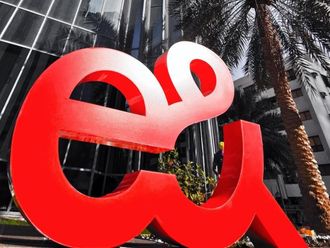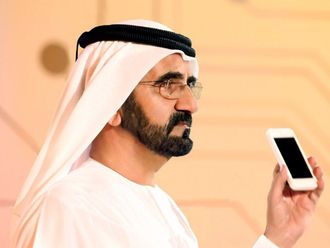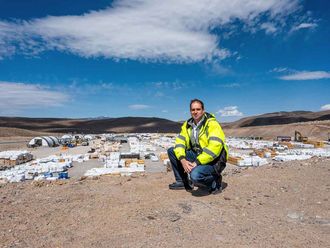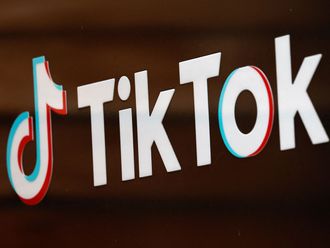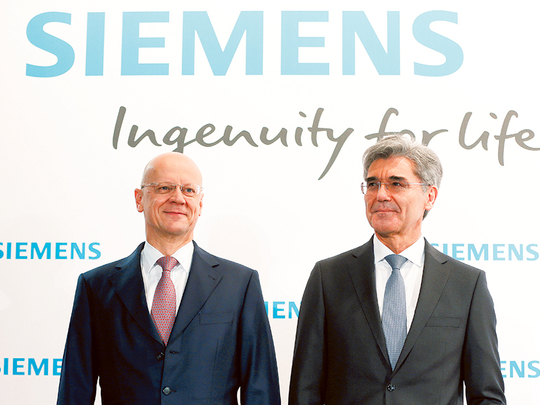
Frankfurt: Siemens AG raised its profit outlook for the year, in a surprise move that highlights the company’s confidence the German maker of gas turbines and medical scanners can ride out a slowdown in China and sharp drop in oil prices.
“If we hadn’t been confident about what we do we would not have raised the forecast at a time which people obviously think to be a bit early,” chief executive officer Joe Kaesersaid in an interview with Bloomberg TV on Tuesday. “We have a lot of self-help potential” for achieving 2020 growth targets, he said.
This is the first time the Siemens veteran has raised the company’s outlook since he was promoted from finance chief in August 2013. Kaeser has spent the intervening years re-jigging Siemens’s portfolio through a flurry of deals to focus on energy generation and distribution, while cutting more than 13,000 jobs. He has pledged that the company, which also builds trains, would return to growth in 2016 after several years of stagnating earnings, and that the remainder of a 1-billion euro cost reduction program would be completed.
Siemens shares gained as much as 4.1 per cent, the most since October 23, and traded 3.8 per cent higher at 86.57 euros as of 9.12am in Frankfurt. That reduced declines for the calendar year to 3.7 per cent, valuing the company at about ₤76 billion ($82.5 billion; Dh302 billion).
Full-year earnings per share will be between ₤6 and ₤6.40, higher than a previous forecast of ₤5.90 to ₤6.20, the Munich-based company said in a statement after the market closed on Monday. In the first quarter, industrial profit rose 9.6 per cent to ₤2 billion, beating a ₤1.9 billion average analyst estimate by Bloomberg. EPS rose 46 per cent to ₤1.89, helped by lower-than-expected tax and pension payments.
While the improved industrial profit helped raise EPS in the first quarter, a greater proportion of the increase was due to lower-than-expected tax rates and central costs such as pensions, said Nick Heymann, a New York-based analyst at William Blair and Co. Those advantages may not continue beyond the first quarter, he added.
“You have to conclude that either the company’s being exceptionally conservative or they realise that their current results are near the peak benefit of a favourable currency that will diminish as you move through 2016,” he said.
Currency effects added four percentage points to revenue growth in the quarter, Siemens said in the statement that was scheduled to be published on Tuesday ahead of a shareholders’ meeting in Munich.
Beating forecasts
Profit at the mobility division, which makes trains and rail signaling equipment, jumped 24 per cent to ₤193 million, while the energy management business’s profit increased 69 per cent ₤183 million. Both increases were greater than analysts had forecast.
Siemens expects industrial profit to represent between 10 per cent and 11 per cent of revenue this fiscal year, compared with 10.1 per cent in the last year. The company forecast in November that earnings per share will rise at least 14 per cent from the underlying ₤5.18 per share in 2015, which excludes gains from the sale of the hearing aids unit and home appliances stake.
In a separate statement Monday, Siemens said it would acquire software-maker CD-adapco for $970 million. The Melville, New York-based company makes software used to simulate engineering processes such as the workings of combustion engines and has annual revenue of about $200 million and more than 900 employees, it said.
Siemens also sold its remaining stake in Sivantos AG, its former hearing aids business, for ₤300 million to EQT Partners in January. Siemens had retained a stake which it valued at ₤200 million when it sold the company to an EQT-led consortium in November 2014.


